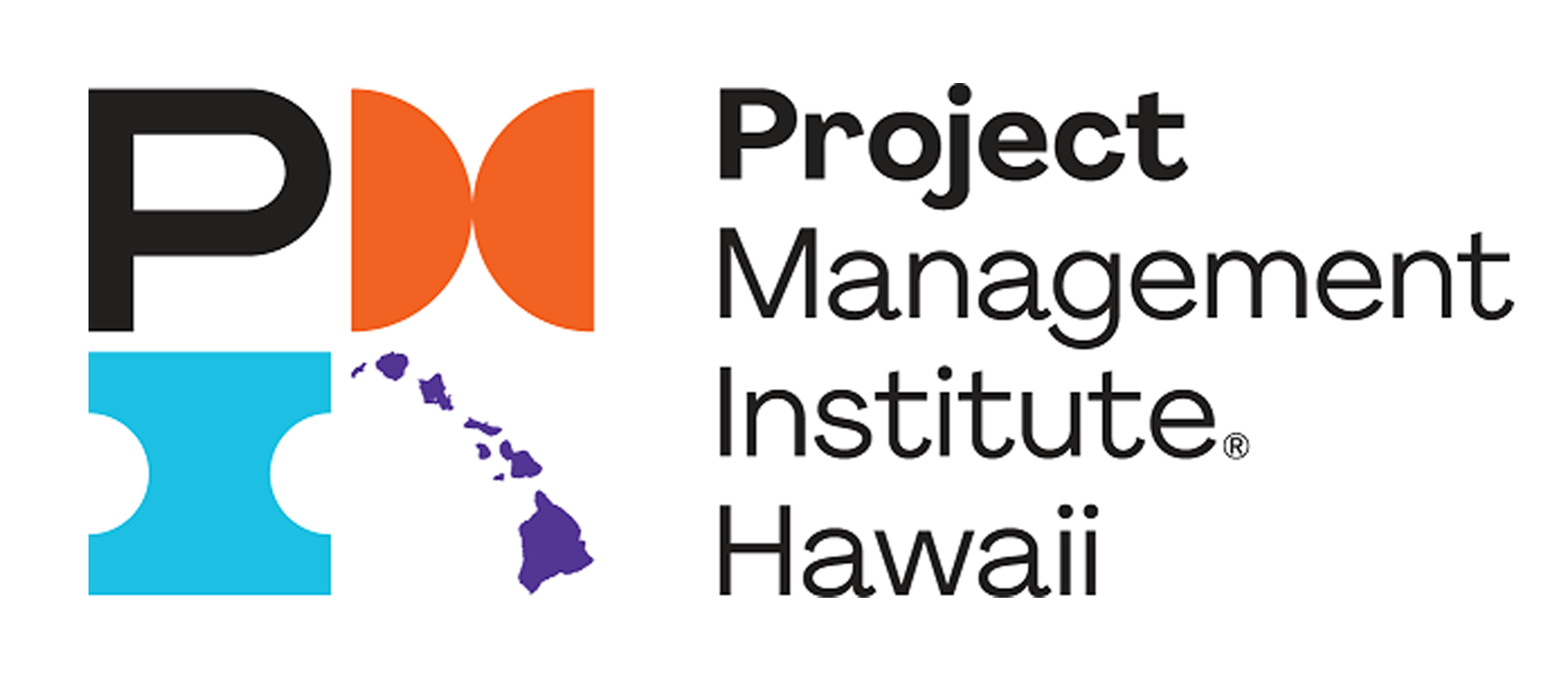19 January 2016 at 12:00AM
The Results Are In! - The Impact of Two Way Risk Communications on Project Success
THE IMPACT OF TWO WAY RISK COMMUNICATIONS ON PROJECT SUCCESS
In spring of 2015, members of PMI Honolulu Hawaii participated in a research study exploring the relationship between the use of two way risk communications and project success rates, which was inspired by successes seen in the aviation industry. After collecting feedback from PMI members across the globe the research has now been concluded, and there are a number of things to learn!
In 2014 the global aviation accident rate was the lowest in the industry’s history, thanks in part to the implementation of active risk management systems known as Safety Management Systems (SMS). Such systems are structured using two way communication methods such as safety and risk awareness, training, and reporting that is incorporated throughout the organization and in all operational areas. The aim of the conducted research was to investigate the relationship between communication methods in project risk management and rates of project success in order to identify whether two-way communication methods for risk management have the potential to improve the rate of project failure.
Using a survey strategy to collect primary data, 304 members from 59 PMI Chapters completed a questionnaire detailing the rate of use for specific two way communication methods (structured risk identification; mandatory reporting; voluntary reporting; awareness training; duty specific training) and achievement of project budget, schedule and requirement success. Subsequent quantitative and qualitative analyses revealed the following highlights:
- Despite a high rate of project manager certification, 37% of project managers use no formal project risk management methods;
- Of those projects that used formal project risk management, nearly a third did not use structured risk identification activities;
- A correlation was identified between the use of structured risk identification methods and achieving requirement success;
- A correlation was identified between the inclusion of Project Owner/Sponsors in risk identification activities and the achievement of requirement success.
For PMI professionals, these results reveal some interesting food for thought as well as practical recommendations for implementation. Firstly, there is the indication that a large number of certified project managers do not follow the published methodologies for which they have been certified. These are concerning statistics, ones which should drive further research into how the guidance can evolve to better serve practitioners. Secondly, the study indicates that there are some positive correlations between two way risk communications and the use of specific methods and personnel, which lead to the presentation of the following recommendations:
- That project management practitioners ensure risk identification activities are employed on all projects. To ensure consistency in implementation, it is recommended that specific procedures for risk identification are developed, either organisation wide or individually by each practitioner as appropriate, that define:
- When risk identification activities are conducted during each phase of the project;
- Required personnel involvement;
- The format of risk identification activities, giving consideration to the use of methods appropriate to each project phase (i.e. brainstorming during project initiation, status reports during project implementation etc.);
- Specific action items for addressing the identified risks.
- That project management practitioners review the participation of Project Owner/Sponsors in project risk management processes. Such a review should:
- Assess the current level of Project Owner/Sponsor involvement in risk identification activities;
- Identify potential additional opportunities for participation;
- Evaluate the feasibility of extending participation of Project Owner/Sponsor; and
- Where appropriate, include Project Owner/Sponsor(s) as required personnel in project risk identification procedures.
While these detailed recommendations are intended to provide benefit in any project management setting, it is important to remember that as risks evolve and the capabilities of project management practitioners develop to navigate ever changing risk landscapes, valuable solutions don’t always come from expected sources. The SMS model is only one such example, which ultimately may or may not prove to be the right fit for implementation in project management. The project management industry is encouraged to keep an open mind and continuously look beyond its borders as it strives for improvement: digging up success stories of other industries and finding new viewpoints, ideas and methodologies to explore.
Author's Biography

My name is Amy Pannett, and I am the Director Standards and Quality Systems for GHS Aviation Auditing LLC, as well as a management student with the University of Wales through Resource Development International (RDI).
When I started my working career backstage at a theatre company, I hadn’t yet realized that it was the problem solving under pressure that attracted me to the job. When I figured out that I could do the same thing on a bigger scale and get paid more to do it, there was no holding me back!
As the Director Standards and Quality Systems I have dedicated many hours working with a diverse team of folks to achieve significant quality performance improvements for GHS Aviation Auditing LLC. Thanks to us, GHS is now ranked as the number one performing organization in its field. In return for these results GHS has been a supportive advocate of my goal to earn an MBA.
And what do you call completing an MBA while still playing the roles of director, wife and mother? Just another problem to be solved! I have enjoyed my time studying with University of Wales, and am looking forward to continuing my problem solving journey with a well-stocked tool kit under my arm.



